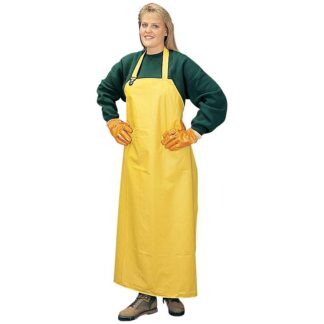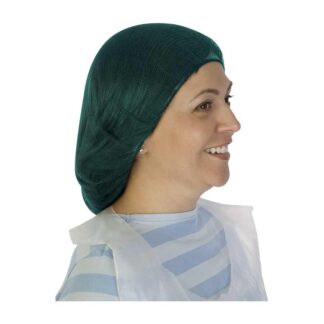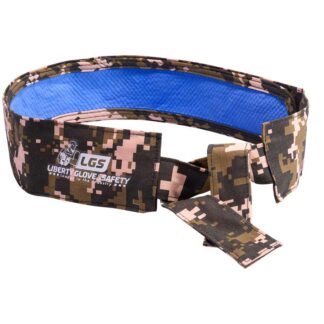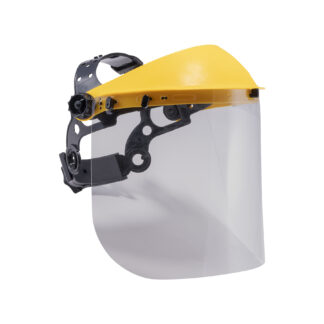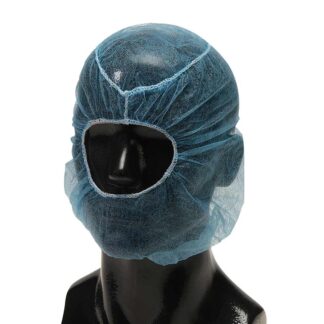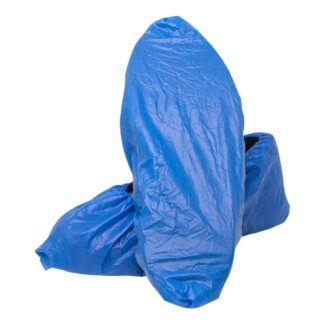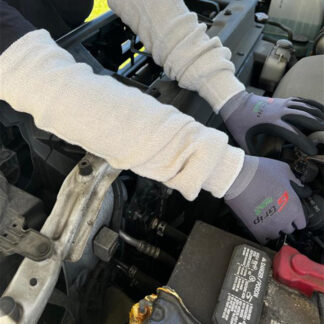Accessories
Sometimes PPE requires accessories geared toward protecting the worker and the product involved in the work. Liberty Safety offers the DuraWear™ brand for these types of specialty accessories. It’s protective wear that suits many industries because they’re available in various materials, colors, and sizes. From hair coverings to splatter guards like spray socks, aprons, or sleeves, our PPE accessory collection provides comfortable protection when you need it most.
Sometimes PPE requires accessories geared toward protecting the worker and the product involved in the work. Liberty Safety offers the DuraWear™ brand for these types of specialty accessories.
It’s protective wear that suits many industries because they’re available in various materials, colors, and sizes. From hair coverings to splatter guards like spray socks, aprons, or sleeves, our PPE accessory collection provides comfortable protection when you need it most.
FAQ
According to the FDA food code, all food handlers must wear hair coverings that reasonably and effectively cover exposed body hair. Examples of acceptable hair containment accessories include nets, beard restraints, and bouffant caps. To meet requirements, they should be designed to keep hair from contacting any exposed food and the equipment used to work with it.
Besides keeping hair out of food and equipment, hair containment accessories also keep workers from putting their hands in their hair.
In addition to those working in food-related businesses, other workers are also expected to wear a hair restraint when on the job, including:
Laboratory Staff
Hair and beard nets may be considered protective equipment depending on the substances involved in laboratory experiments or the chemicals used.
It’s often required in labs as an essential means of keeping human hair from contaminating samples and keep long hair caught in rotating equipment.
Manufacturing Workers in Electronic Facilities
PPE is often called upon to protect both the worker and the product. This is the case for those who work with electronics where hair containment apparel like hair nets and beard covers may be required. The common-sense rule is to have employees cover up if a stray hair could harm the product.
When painting, gardening, or working with liquid chemicals of any sort, it’s essential to guard against your skin coming in contact with potentially harmful substances.
Wearing the appropriate PPE accessory like spray socks or sleeves provides valuable protection against overspray, splatter, or other particulates when on the job.
Look for wearable safety accessories that are made of materials that are breathable and cool to wear. There is usually a choice of colors with a one size fits all design.
Aprons are often used by individuals who work with hazardous and non-hazardous substances. Because it covers the front of the worker from the chest to the knee or below, it’s an accessory that provides some protection from non-hazardous dry particulates or liquid splash and spray.
Often, they tie at the waist and cover the front of the worker to the knee or lower. Aprons don’t have sleeves and are open in the back, which means they are cooler than other options covering the entire body.

